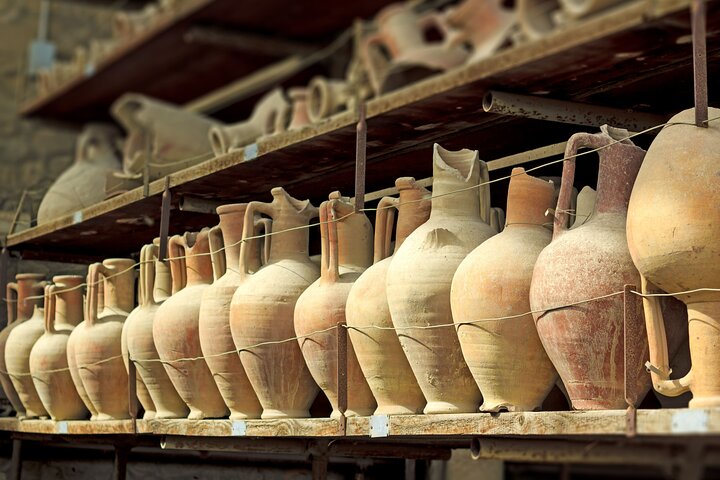Unveiling the Secrets of Herculaneum: A Historian’s Journey
Drawn by the promise of well-preserved ruins and a rich historical narrative, I embarked on a journey to Herculaneum. This ancient city, overshadowed by its more famous neighbor Pompeii, offered a unique and intimate glimpse into the past.
A Journey Back in Time: Discovering Herculaneum
The Allure of Herculaneum
As a former professor of European history, I have always been drawn to the stories of ancient civilizations, their rise and fall, and the remnants they leave behind. My recent journey to Herculaneum, a lesser-known counterpart to Pompeii, was a testament to the enduring allure of these ancient tales. Nestled in the shadow of Mount Vesuvius, Herculaneum offers a unique glimpse into the past, with its remarkably well-preserved ruins that tell the story of a vibrant Roman resort town frozen in time by the catastrophic eruption of 79 AD.
Unlike the sprawling expanse of Pompeii, Herculaneum is more intimate, allowing visitors to explore its treasures without the overwhelming scale. My wife and I took the high-speed train from Rome, a journey that was as swift as it was scenic, setting the stage for a day steeped in history. Upon arrival, we were greeted by our guide, Riccardo, an archaeologist whose passion for the site was palpable. His insights and enthusiasm brought the ancient city to life, transforming our visit into an unforgettable experience.
Walking Through History
The Archaeological Park of Herculaneum is a UNESCO World Heritage Site, and rightly so. As we walked the cobbled streets, I was struck by the level of preservation. The buildings, with their intact roofs and doors, stood as silent witnesses to a bygone era. The vibrant frescoes, still vivid in their original hues, adorned the walls of homes and public spaces, offering a window into the daily lives of the town’s inhabitants.
One of the highlights was the House of the Wooden Partition, where a folding wooden structure, remarkably preserved, separated the atrium from the homeowner’s study. It was a testament to the craftsmanship and ingenuity of the ancient Romans. The House of Neptune and Amphitrite, with its stunning mosaic, was another marvel, reflecting the wealth and taste of its owner. As we explored these spaces, Riccardo’s narratives painted a vivid picture of life in Herculaneum, from the bustling shops to the tranquil baths where citizens gathered to discuss politics and business.
The Echoes of the Past
Our journey through Herculaneum was not just a tour of ancient ruins; it was a dialogue with history. The site is a place of memory, where the echoes of the past resonate through the ages. The ancient beach, now a haunting reminder of the town’s tragic fate, was once a lively waterfront where the citizens of Herculaneum enjoyed the pleasures of seaside living.
The terrace of Marco Nonio Balbo, overlooking what was once the sea, stood as a tribute to one of the city’s most esteemed patrons. It was here that we paused to reflect on the resilience of human spirit and the enduring legacy of those who came before us. As we concluded our visit, I was reminded of the words of the Roman philosopher Seneca, who once said, “Every new beginning comes from some other beginning’s end.” Herculaneum, with its well-preserved ruins and rich history, is a testament to this eternal cycle of life, death, and rebirth.
For those who share my passion for history and architecture, a visit to Herculaneum is a journey not to be missed. It is a place where the past is not just remembered but felt, a living testament to the enduring power of human creativity and resilience. Explore Herculaneum
















































